The Library of Consciousness
of Consciousness
Masks of Eternity (1988)
Bang or Whimper?
Alan Watts explores humanity’s technological acceleration and its consequences. He contrasts the Taoist “leave nature alone” approach with our drive for progress, questioning whether either truly serves us. Watts suggests both perspectives miss the point by fixating on survival rather than present living. Our obsession with time’s passage, he argues, distracts us from fully experiencing life itself.
Birth, Death, and the Unborn
All the patterns we see around us in the world are projections of our minds. There is no way things should be, there is no way things shouldn’t be. But if humans can adopt a mental discipline in which they remain able to project patterns without becoming hung up on them, life for everyone will transform into a beautiful artwork.
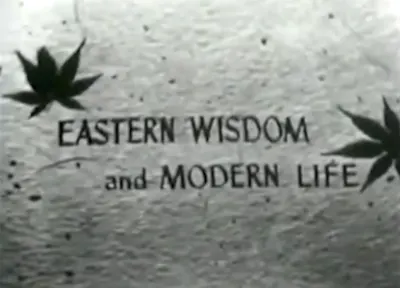
Queries and Sources
Alan Watts reveals his research resources for the series of Eastern Wisdom and Modern Life thus far, and he answers questions about points in the previous programs. He recommends books for further study.
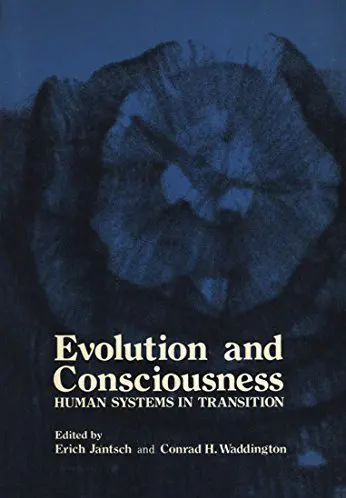
Evolution and Consciousness
Evolution and Consciousness is one of the first, still rare, truly transdisciplinary books: it deals with a totality, not a sector of it. Therefore, it defies any disciplinary labeling. It is a scientific book, yet also deals with topics until now reserved for books of mysticism and poetry. It bridges the gap between science and other forms of knowledge. It deals not just with scientific questions, but with existential questions which concern all mankind, such as the meaning of life and the evolutionary significance of human design and action. It challenges the whole dominant Western world view: process thinking instead of structural thinking, dynamic instead of static, evolution instead of permanency.
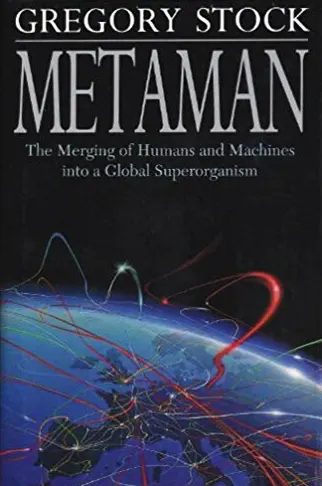
Metaman
In this visionary book, Gregory Stock gives us a new way of understanding our world and our future. He develops the provocative thesis that human society has become an immense living being: a global superorganism in which we humans, knitted together by our modern technology and communication, are like the cells in an animal's body. Drawing on impressive research, Stock shows this newly formed superorganism to be more than metaphor: it is an actual living creature, which he has named Metaman, meaning beyond and transcending humans.
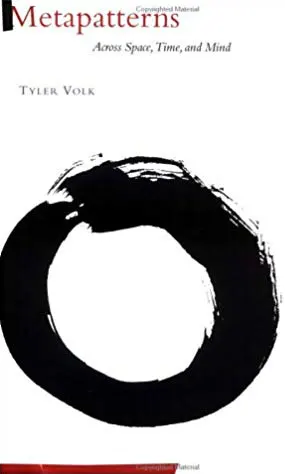
Metapatterns
In the interdisciplinary tradition of Buckminster Fuller’s work, Gregory Bateson’s Mind and Nature, and Fritjof Capra’s Tao of Physics, Metapatterns embraces both nature and culture, seeking out the grand-scale patterns that help explain the functioning of our universe. Metapatterns begins with the archetypal patterns of space, both form-building and relational. Tyler Volk then turns to the arrows, breaks, and cycles that infuse the workings of time. With artful dexterity, he brings together many layers of comprehension, drawing on an astounding range of material from art, architecture, philosophy, mythology, biology, geometry, and the atmospheric and oceanographic sciences. Richly illustrating his metapatterns with a series of sophisticated collages prepared for this book, Volk offers an exciting new look at science and the imagination. As playful and intuitive as it is logical and explanatory, Metapatterns offers an enlightening view of the functional, universal form in space, processes in time, and concepts in mind.
Mushrooms, Evolution, and the Millennium
Terence McKenna asks the fundamental question concerning natural hallucinogens: is it an accident of nature that certain plants and mushrooms can alter human awareness in profound ways? He argues that man and hallucinogenic plants and mushrooms have co-evolved. These botanicals provide a way for people to experience their spiritual nature, and throughout history have been used by shamans whose function is to enter altered states in order to perceive the spiritual causes behind ordinary reality. Delivered at the Masonic Temple during a gathering of the Los Angeles Mycological Society.
Return to the Forest
Watts explores Joseph Campbell’s insights on spiritual evolution through different cultural phases. As societies moved from hunting to farming, religion shifted from shamanic individual experiences to structured, communal worldviews. When these social frameworks crumble—as in our modern era—we’re cast back into the forest of self-discovery. The wise seeker must abandon societal maps and wander alone into direct experience, finding what countless mystics have found: that true liberation comes not through authority, but through firsthand encounter with reality itself.
Satori Before Singularity
What if future AIs achieved enlightenment before world domination? Shanahan suggests a truly advanced AI might transcend the human ego, dropping our obsession with the “self.” Instead of triggering a runaway intelligence explosion, such a being could attain satori: a Zen-like peace that halts the singularity in its tracks.
Solid Emptiness
Alan explores Mahayana Buddhism and the concept of śūnyatā (“emptiness”), emphasizing it as freedom from clinging, not nihilism. He explains how language and the illusion of a separate self cause suffering and contrasts this with the fluid, interconnected reality of life. Enlightenment, he argues, is embracing life’s impermanence without attachment, unlocking creativity, joy, and presence. Far from passive, this mindset energizes individuals, offering a remedy to Western culture’s obsession with control and anxiety.
The Constitution of Nature
Watts unfurls three cosmic tapestries woven by ancient minds: the Western world's vision of nature stitched as a crafted cloth, India's playful drama where God dances every part, and China's Taoist masterwork of nature flowing free like mountain streams. Though the West's thread gave rise to technological gifts, it tangled our hearts. Now the Orient's ancient organic insight whispers fresh hope, kindling new fires of wisdom within.
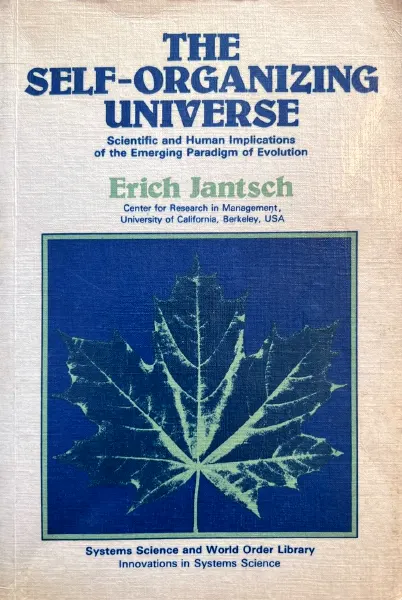
The Self-Organizing Universe
The evolution of the universe—ranging from cosmic and biological to sociocultural evolution—is viewed in terms of the unifying paradigm of self-organization. The contours of this paradigm emerge from the synthesis of a number of important concepts, and provide a scientific foundation to a new world-view which emphasizes process over structure, nonequilibrium over equilibrium, evolution over permanency, and individual creativity over collective stabilization. The book, with its emphasis on the interaction of microstructures with the entire biosphere, ecosystems etc., and on how micro- and macrocosmos mutually create the conditions for their further evolution, provides a comprehensive framework for a deeper understanding of human creativity in a time of transition.
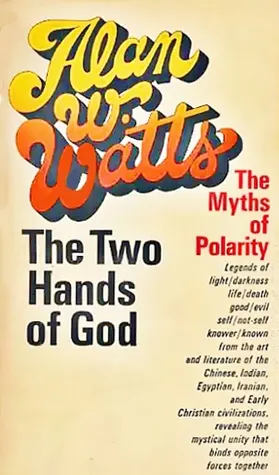
The Two Hands of God
Watts takes readers on a fascinating journey through the mythology of China, Egypt, India, the Middle East, and medieval Europe. His theme is the human experience of polarity, a condition in which opposing qualities define and complement each other. Light cannot exist without darkness, good cannot exist without evil, and male cannot exist without female. Chinese philosophy expresses this idea of universal polarity with the concepts of yin and yang, while other cultures express it through the symbolic language of myth, literature, and art. Watts illustrates the way great sages and artists across time have seen beyond the apparent duality of the universe to find a deeper unity that transcends and embraces everything.